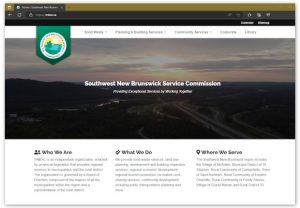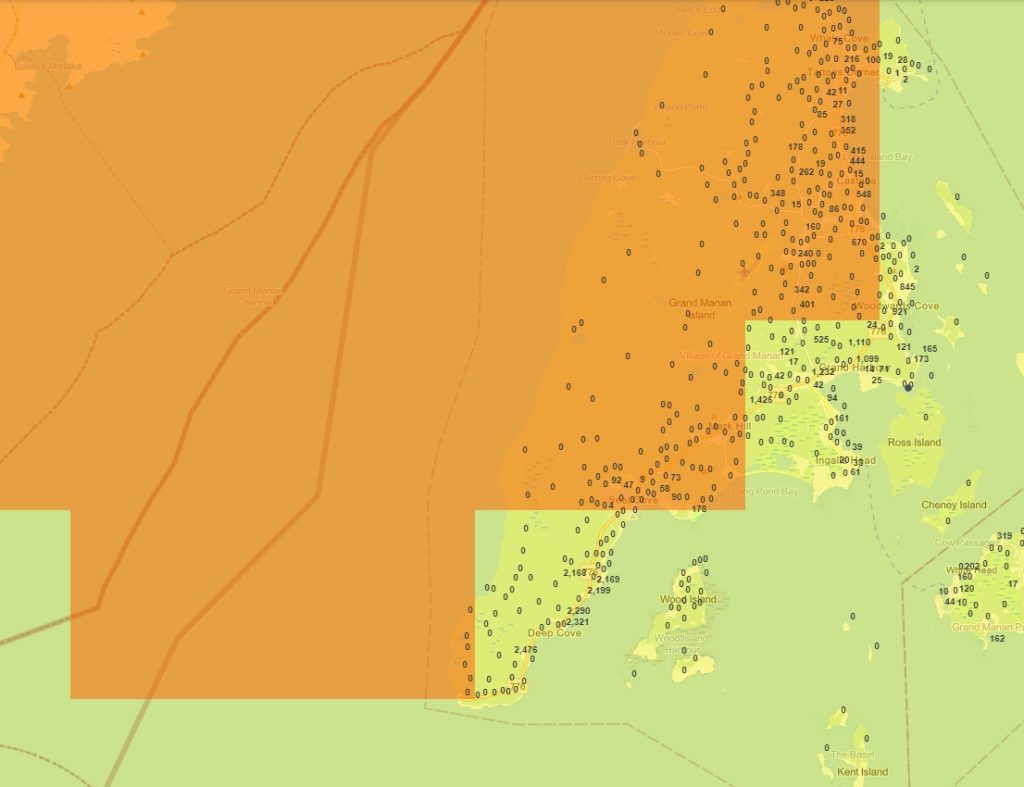One of the primary reasons for delays in obtaining a building permit come from clients submitting insufficient or incomplete plans.
Here’s what our inspectors will require – in general – for various projects. Note that scale drawings of all projects are required by provincial law.
Decks, residential:
Post spacings, footing details, post sizes (6x6 mandatory), beam construction details, joist details (size, span, spacing); drawing may be required for complex decks/structures.
Garages:
Footing/frost wall details (or engineered slab plan), wall details, roof system details.
Simple additions, houses:
Floor plan mandatory, footing/foundation details, beam composition, joist (size, span, spacing), wall details (studs, sheathing, insulation, cladding), lintels, roof system (truss/rafter, insulation, sheathing, roofing material)
New houses:
Neat, scale/scalable drawing of all floors, footing/foundation details, beam composition, joist (size, span, spacing), wall details (studs, sheathing, insulation, cladding), lintels, roof system (truss/rafter, insulation, sheathing, roofing material), beam and post details (if applicable) egress window locations, soil gas pipe location, slab insulation (if applicable/required). If there are interior stairs, details on this are required to verify rise/run.
Duplexes:
All of the above, plus fire separation details (referenced to Part 9 assemblies, ULC-tested assemblies, or Appendix D), with requirement for STC 50 between units.
Change of occupancy, light commercial:
Detailed plan of all floors in existing building required.
Light commercial construction (Part 9 buildings):
Digital scale drawings (i.e. phone-captured images of plans NOT accepted), details on all structural elements (walls/floors/footings/foundations/roofing, including truss plan), Code matrix required for all but simple renovations/additions/builds. All required fire separations must be referenced to Part 9 or ULC-tested assemblies, or be referenced to Appendix D. Note requirement for STC for residential suites adjacent to other occupancies. Ventilation details required. Calculations of spa
New heavy commercial construction/restaurants/churches (Part 3):
Changes of occupancy and minor alterations may be permitted without a professional plan in some circumstances, otherwise professional designer and/or engineer required by law. Code matrix required. Fire separations must be referenced to ULC-rated assemblies or Appendix D. Ventilation details required.
 Please note: This site's main content has been combined with the new SNBSC main website, snbsc.ca under Planning & Building Services. All content previously available here can be found there, with the exception of the Inspector's Notebook.
Please note: This site's main content has been combined with the new SNBSC main website, snbsc.ca under Planning & Building Services. All content previously available here can be found there, with the exception of the Inspector's Notebook.
